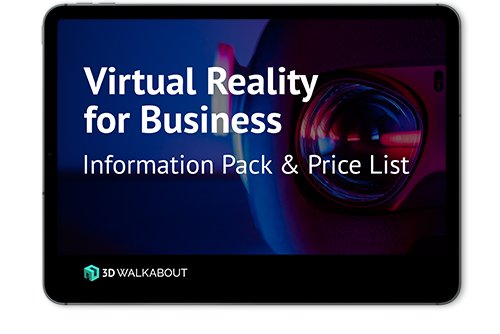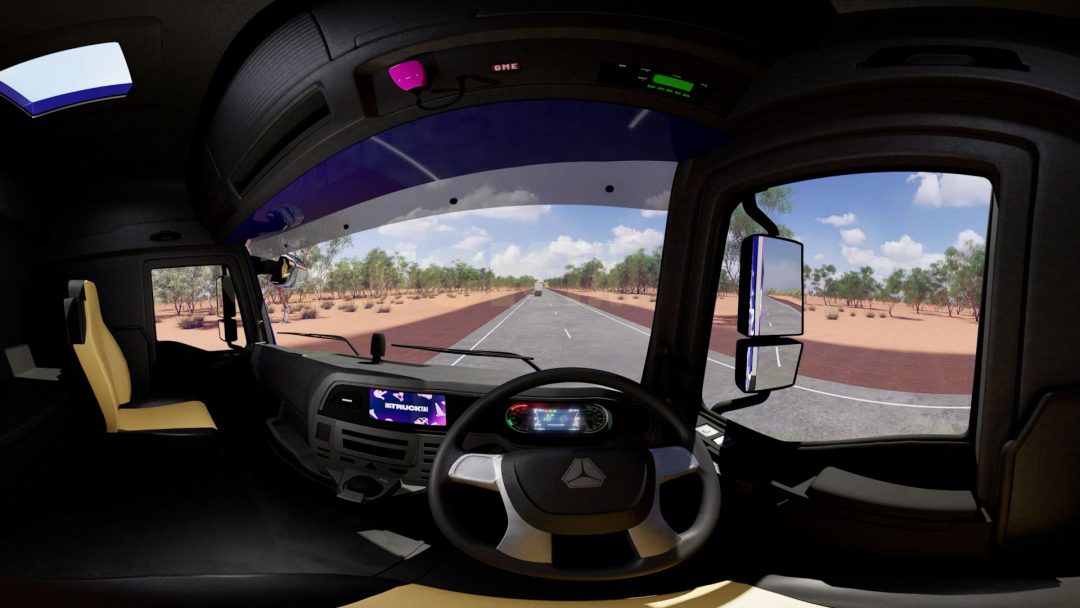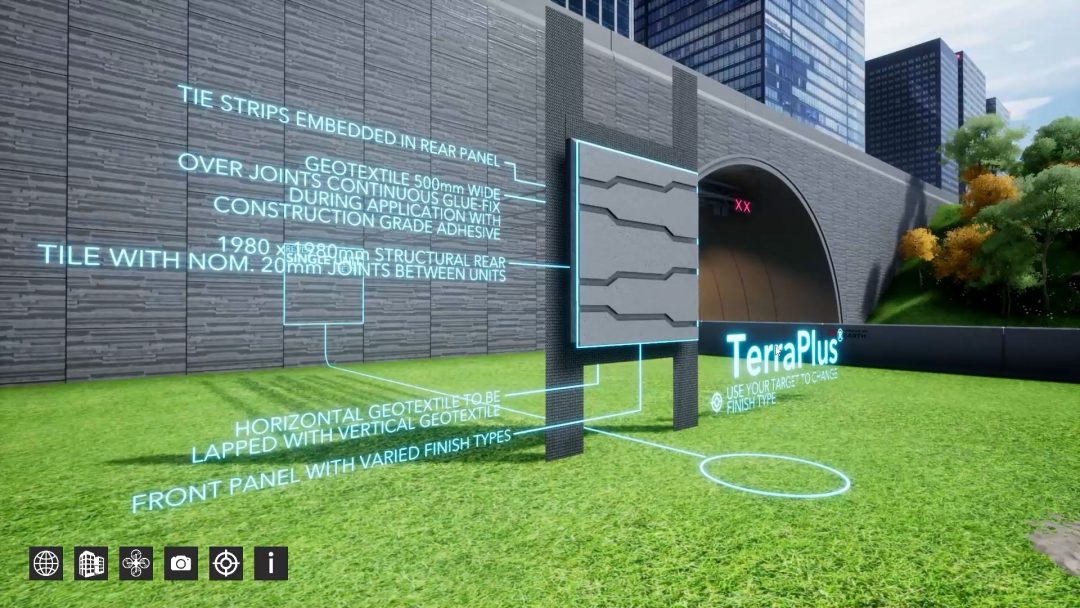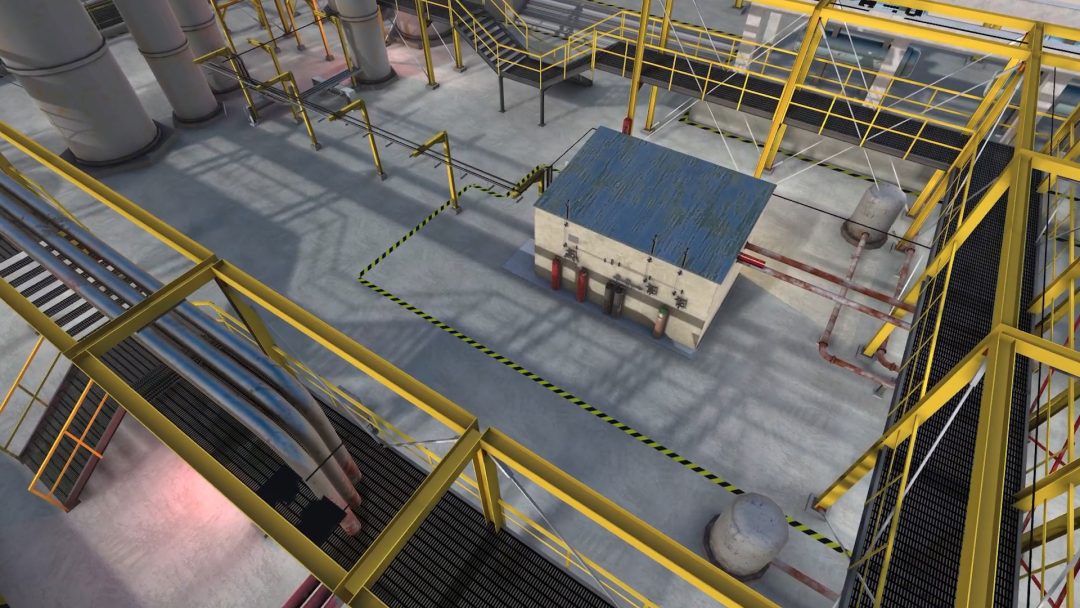Virtual Reality Apps Melbourne
We are an Melbourne based VR studio creating VR applications for business across Victoria. For VR Development Melbourne get in touch.
VR Development
Melbourne businesses are embracing the power of virtual reality (VR) to enhance their operations. VR is being used for training purposes, allowing employees to immerse themselves in realistic simulations that replicate real-world scenarios. This enables them to gain practical experience and develop essential skills in a safe and controlled environment. Additionally, businesses are exploring custom VR applications tailored to their specific needs. These applications simulate real-world situations, enabling professionals in fields such as architecture, construction, retail and healthcare to visualise and interact with virtual models or environments. VR is enhancing the way Melbourne businesses approach training and problem-solving, improving efficiency and enhancing outcomes.
What industry is your business wanting to use VR in?
What are the benefits of Virtual Reality for your business in Melbourne?
Creates an immersive virtual reality (VR) experience, leading to increased engagement.
Provides a realistic preview of products or services, increasing sales.
Train Australia/Vic-based employees in a simulated environment like the metaverse.
Improve communication and development between Melbourne-based and global company members.
Help businesses reduce costs associated with travel and training.
Create VR marketing campaigns that are more engaging and memorable.
Help businesses to assess customer reactions to new products pre-release.
Improve customer service by providing real-time support and assistance.
Help Melbourne companies reduce failure by testing in simulated environments.
Revolutionizes the way Victoria businesses operate with automation.
How does virtual reality work?
A minimum frame rate of 60fps is needed for an immersive VR experience along with a speedy refresh rate. There also needs to be a 100 degree field of view, although 180 degrees is preferred. To trick the brain into believing it is real the latency rate, which is the time gap between an action from the user and a response on the screen, should be less than 20 milliseconds .
These factors work to create an immersive virtual reality experience. It is up to you whether you use it to play games, train staff, visit locations or market great new products.
What is virtual reality used for?
We’ve given you a quick snapshot above of what VR can be used for. But to be honest, that’s not even scratched the surface of this constantly evolving technology. Virtual reality has an ever-expanding set of innovative applications in the real world.
As well as providing hours of fun with VR gaming it could also be used to save lives at The Alfred and St Vincent’s Hospitals. That’s because VR has multiple uses in medical education and training. VR has been used to help patients manage their pain and can give a virtual reality experience of treatments and operations.
Pioneering VR has also been used to help paralysed patients regain some movement and sensation. That’s because the VR experience speaks to our brains in the same way as the real world, except we have more control over it. This technology will be built upon and rolled out worldwide in the coming years.
VR in Melbourne also has many uses where real life training is considered too much of a risk. Such as learning how to fight wildfires or handling a terrorist incident at the MCG.
It could also be used to remote train people in fields like engineering and manufacturing. In the current world where travel limitations look set to be in place for some time, this can be an invaluable tool. You can create a virtual reality experience from your Melbourne base, and users worldwide can benefit from the full impact of VR training.
Add in uses for property, fitness, virtual exhibitions, promotion and product design and you start to see how using virtual reality in Melbourne could help your business grow.
What industries are using virtual reality?
Early adopter businesses have seen the potential of VR and will reap the benefits. As mentioned above, the global healthcare industry is making valuable and compelling use of its potential. Some tourist attractions including Old Melbourne Gaol, as well as escape room attractions, are already beginning to use VR technology to enhance customer experiences. However, here in Melbourne, property, hospitality, manufacturing and retail could benefit from its potential.
From healthcare professionals at The Alfred to tourists at the Old Melbourne Gaol and cricket fans at the MCG, VR looks set to have a big impact on Melbourne’s future. If you would like to harness the power of virtual reality for your business, then get in touch with us here at 3D Walkabout.

Get an Instant Quote on 1800 418 398
If you’d like to receive our full ‘Virtual Reality for Business Information Pack & Price List‘ please add your details below.
VR Case Studies
Frequently Asked Questions
How much does PlayStation virtual reality cost?
In Australia, the PlayStation VR2 console is currently available to preorder, with prices ranging from $879 to $960.
Can you still buy PlayStation VR?
While the original PlayStation VR is still in production, it’s not currently available at any Australian retailers. The upcoming virtual reality headset, the Playstation VR2, is set for release on the 22nd of February 2023.
Does Sony do virtual reality?
Sony is indeed involved in the development and production of virtual reality (VR) technology. Sony has released several VR products, including the PlayStation VR headset, which allows users to experience immersive virtual environments.
In fact, Sony has been deeply involved in the VR and AR (augmented) reality scenes since 1996—and they’re showing no signs of slowing down. It has recently new VR goggles known as the PlayStation VR2, which will open up new opportunities for the current PlayStation 5 console.
Is HoloLens 2 VR or AR?
Hololens 2 is an AR system, with AR glasses differing from virtual reality headsets in one key way. A VR headset blocks out the world around the viewer, leaving only the view of the metaverse and graphical environment around them. Augmented reality glasses, meanwhile, are see-through and mean that people can see both the real world and the virtual landscape.
Is Meta going to be VR?
Yes. The Meta Quest 2 is leading the VR world with its immersive gaming and virtual experience opportunities. Meta’s also working on a high-end VR headset, under the codename “Project Cambria”. This headset will overtake the Quest in terms of its capabilities and will be more suitable for workers who could even replace their laptop or PC with this interactive hardware.
Does the HP Reverb work with SteamVR?
Yes, the HP Reverb is compatible with SteamVR. All you need to do is download and install the Steam app, plug in your HP Reverb G2, and launch the Steam app. Next, click the VR icon within the Steam interface and follow the instructions to connect your headset.
How do I use my HP VR headset?
The HP VR headset is easy to set up. Just connect your headset to a compatible computer using the included cables and install the required software by following the on-screen instructions. Next, turn on your controllers and follow the guide to set up your VR space.
Is HP compatible with VR?
Yes, many of HP’s hardware offerings are compatible with their VR and MR headsets, including many of their desktop PC and laptop models.
Why did Google stop VR?
Google began its VR shutdown in 2019. In its statement, Google claimed there was difficulty encouraging consumers to use their phones for VR, and this meant limited access to apps. The company also said they hadn’t benefited from the reach or adoption among consumers or developers that they’d hoped for. It’s around this time they also open-sourced their Cardboard project.
Does Google have a virtual reality headset?
Yes. The Google Cardboard is an extremely accessible, affordable (available for under $10 on Amazon) headset which users can easily put together themselves before entering into a quality immersive VR experience.
Does Apple have VR glasses?
Not yet, but Apple’s VR and mixed reality headset is in the works. It’s likely to stand up as a strong competitor to established VR headsets in the industry and to be the company’s predecessor to its AR glasses.
Is Apple VR a thing?
Definitely. Apple’s confirmed they’re working on VR, and their proposed headset is rumoured to be a real competitor with the Meta Quest 2, the PSVR 2, and all other leading headsets within the space. The headset’s rumoured to be Apple’s precursor to AR-focused glasses.
Is Amazon working on virtual reality?
Amazon has been working on VR hardware since 2017, and is expected to fight to become one of the world’s leading VR brands. Amazon XR is already widely used for commercial purposes, and we can expect further Amazon MR brands and AR brands to tether more towards entertainment use.
How does Amazon use augmented reality?
Amazon currently allows shoppers to liaise with AR brands to place digital products in the home. This helps consumers to assess if things like the colour or size of an item will work in a room. However, Amazon is expected to grow its Amazon VR and Amazon AR business models further in the near future.
Is mixed reality the future of AR & VR?
Yes. Mixed reality takes the best features of AR and VR and blends them into an incredible user experience. Users can interact with the physical and virtual world seamlessly, with MR replicating their natural behaviour and changes in perspectives. This goes beyond the traditional approaches of VR and AR, which place users within a space or overlay the physical world with additional information.
What are the disadvantages of VR?
VR does have a few notable disadvantages for users, such as the risk of dizziness and nausea when inhabiting the virtual environment. There are also concerns that too much time spent in virtual reality can damage eyesight. Some of the headsets used to enter virtual environments are also quite heavy and uncomfortable to wear.
What is the difference between AR and VR?
Although augmented reality (AR) and virtual reality (VR) are similar in their concept, they have a few notable differences. AR requires a real-world environment to function, whereas VR creates a virtual world. AR allows users to manipulate real-world surroundings, but VR can’t do this. VR uses specialised hardware such as headsets, while AR doesn’t.
What is the price of VR?
Prices for virtual reality vary dramatically depending on the type of virtual reality hardware used. Off-the-shelf virtual reality headsets currently cost anywhere from $400 to $1,000 for a standard VR setup. However, more bespoke options are much more expensive due to the customisation and capabilities of the systems.
Who invented virtual reality?
Virtual reality was initially conceived in 1968 by Ivan Sutherland and Bob Sproull. Together, they created a head-mounted virtual reality display known as the Sword of Damocles that was directly connected to a computer. It was a cumbersome device that was suspended from a ceiling, which is where the name came from.
What is the future of virtual reality?
The future of virtual reality looks very promising thanks to further innovations and technology associated with virtual worlds. Many of the barriers that virtual reality presents, such as motion sickness or asset clipping, will be removed due to improvements in the technology and tools applicable to virtual reality.vr
I have an idea for a VR application but don't know where to start?
That’s an easy one. Our team are used to dealing with very early stage conceptual ideas. We’ll brainstorm the best solution for your business given it’s desires and constraints. Once we’ve decided on the best way forward together we’ll put together a quote and start making your idea a (virtual) reality.



